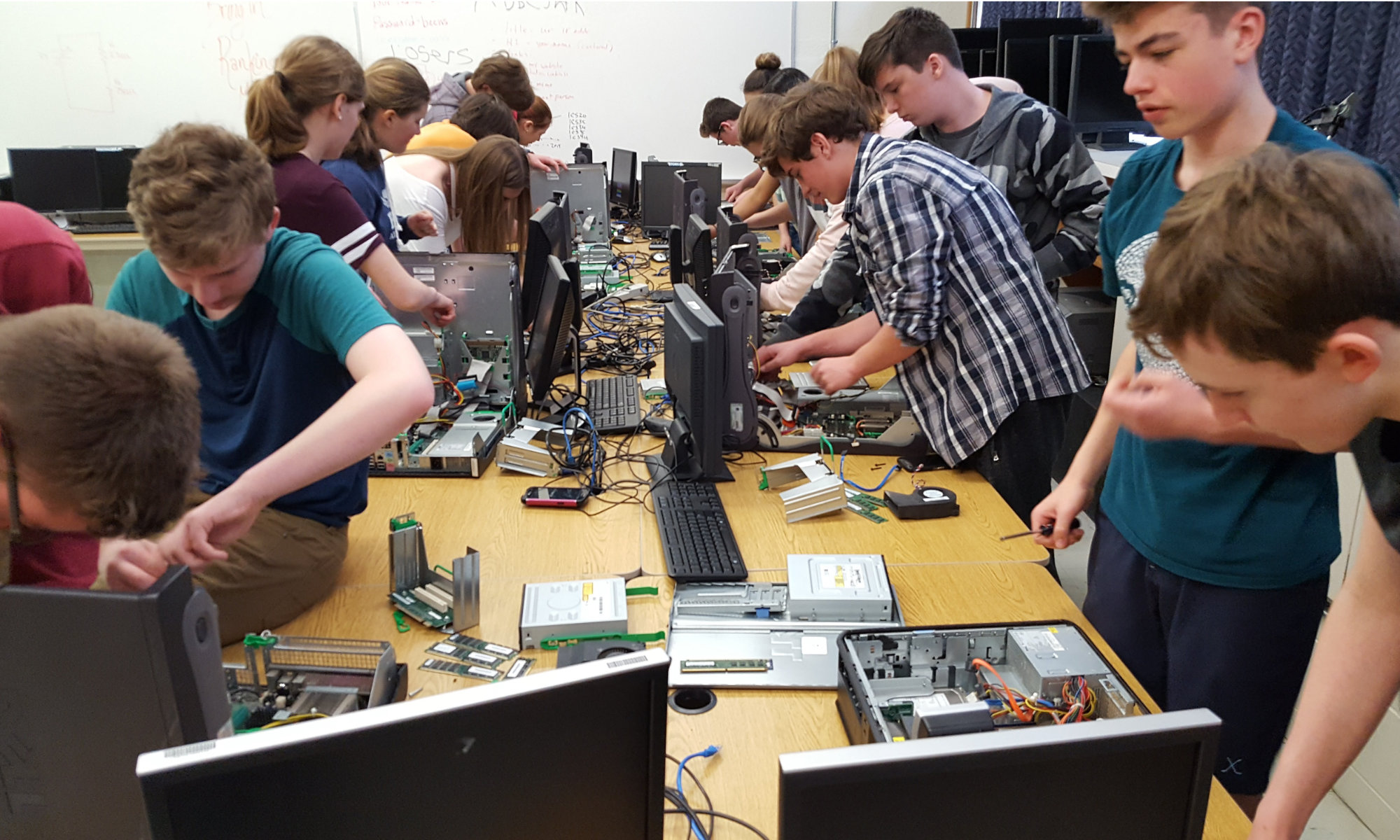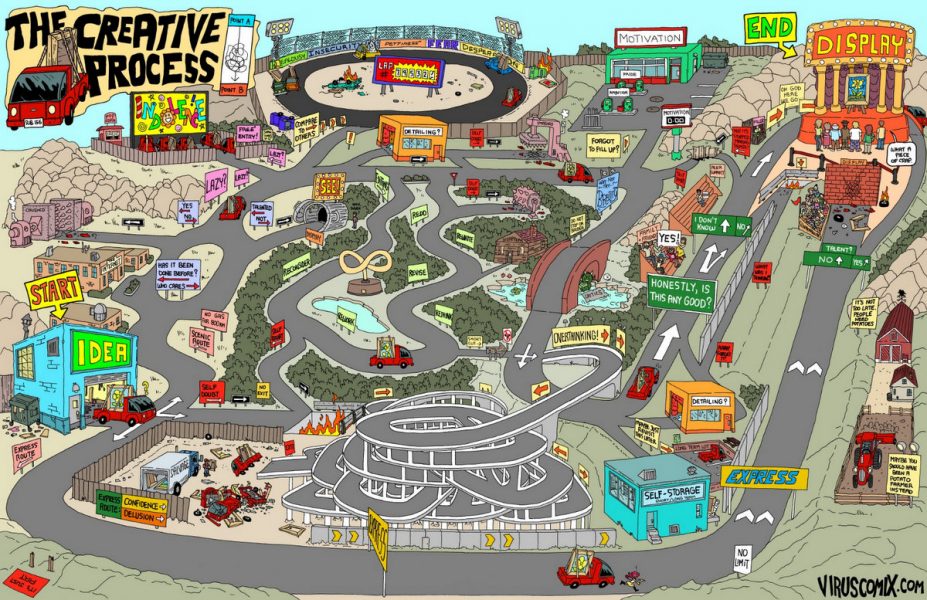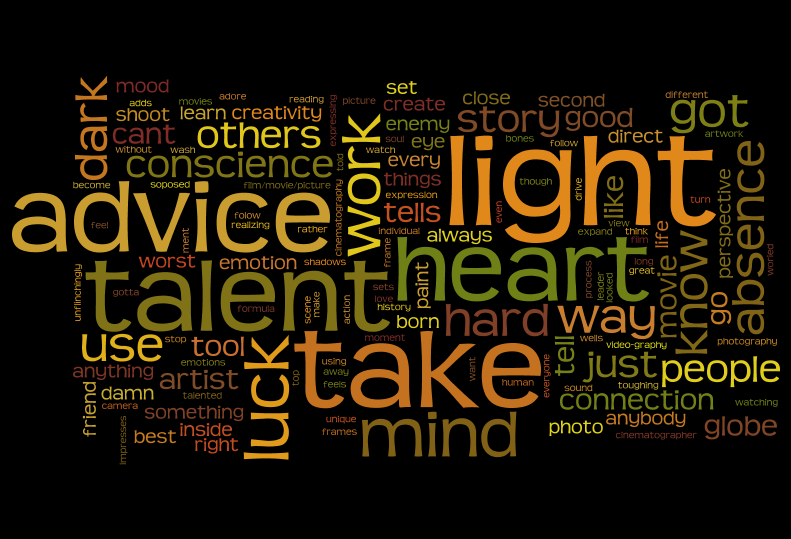Start Here…
- Affinity Designer 1.5 Overview
- Affinity Designer Tutorial – Top 10 Things Beginners Want to Know (a great overview video)
- The A to Z of Affinity Designer (“This A to Z list breaks down all the tools and panels, including some useful functions and features. It includes links to Affinity’s official short video tips and descriptions of what each tool can do to help you become acquainted with this program.”)
Tutorials
This is a work in progress…
- Affinity Designer Tutorial: The Basics (overview video) (difficulty: 0)
- Basic Eyes (very basic) (video tutorial) (difficulty: 1)
- Modern Logo (video tutorial) (difficulty: 1)
- 3D Cube (very basic) (video tutorial) (difficulty: 1)
- Beautiful Floral Design (video tutorial) (difficulty: 1)
- How To Make Reflections (video tutorial) (difficulty: 1)
- Ketchup for Blood Book Cover (blog w/ video tutorial) (difficulty: 1)
- Cute Ice Cream (video tutorial) (difficulty: 1)
- Shopping Logo (video tutorial) (difficulty: 1)
- Gear Head Logo (video tutorial) (difficulty: 2)
- Easy Flat Design Character with Shading (video tutorial) (difficulty: 2)
- Artistic Text (video tutorial) (difficulty: 2)
- Metal Text (video tutorial) (difficulty: 2)
- Dog Sketch Tracing | Part 2 (video tutorial) (difficulty: 2)
- Glossy Sphere (video tutorial) (difficulty: 2)
- Flat Clock Design (video tutorial) (difficulty: 2)
- iPhone Setting Icon Logo (video tutorial) (difficulty: 2)
- Fire Text Effect (video tutorial) (difficulty: 2)
- Cute Cactus (video tutorial) (difficulty: 2)
- Wood Text with Reflection and Shadow (video tutorial) (difficulty: 2)
- Pumpkin Carriage (text tutorial) (difficulty: 2)
- Flat Birthday Cake (text tutorial) (difficulty: 2)
- Making Galaxy (video tutorial) (difficulty: 2)
- Lighthouse (text tutorial) (difficulty: 2)
- Water Drops (video tutorial) (difficulty: 2)
- Water Dispersion Effect (video tutorial) (difficulty: 3)
- Metal Triangle (video tutorial) (difficulty: 3)
Note: for this assignment make sure all corners are snapped together nicely. See me if you’re unsure how to do this. - Let’s make BB8 (video tutorial) (difficulty: 3)
- Creamsicle Vector Illustration (video tutorial) (difficulty: 3)
- Retro Tutorial (video tutorial) (difficulty: 3-4)
- Festive Christmas Fireplace (video tutorial) (difficulty: 3-4)
- Frankentoon PDF (text tutorial – see me) (difficulty: 4)
- Captain America Shield (video tutorial) (difficulty: 4)
- Drawing a Van (video tutorial) (difficulty: 5)
- Cute Rooster (text tutorial) (difficulty: 5)
- Python Trace (video tutorial) (difficulty: 5) (image can be downloaded from here)
When submitting your files, please prepend the level number to the beginning of the filename. As an example, “Basic eyes.afdesign” would become “1_Basic eyes.afdesign”.
New Tutorials (need to determine levels)
- None at this time…
Note: There are many additional AD tutorials at tutsplus.com and frankentoon.com.
BTT1O
For the BTT1O students, you must do a minimum of 8 tutorials, with no more than one “level 1” tutorial. The two that are mandatory are:
- Python Trace
- Cute Rooster
TGJ2O/TGJ3M
For the TGJ2O and TGJ3M students, you must do all the level 1 tutorials, a minimum of 3 level 2’s, and a minimum of 2 level 3’s, 4’s, and 5’s.
For the TGJ2O and TGJ3M students, you must also find, complete, and recommend one addition tutorial for inclusion on this list. Please submit the name of the tutorial and the URL via the class comments in Classroom. Be sure no one has already submitted the tutorial you are recommending.
Just for Fun
Here are some extra Designer resources you might like. They are not tutorials but are still quite inspirational.





You must be logged in to post a comment.